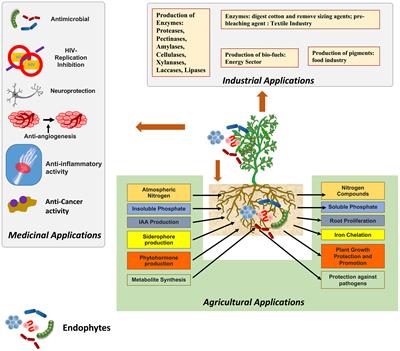ORIGINAL RESEARCH
Published on 10 May 2024
Characteristics of the phyllosphere microbial community and its relationship with major aroma precursors during the tobacco maturation process
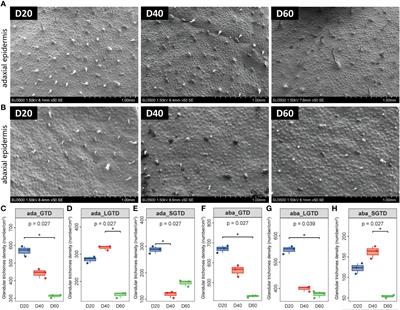
doi 10.3389/fpls.2024.1346154
- 1,296 views
- 1 citation
9,286
Total downloads
38k
Total views and downloads
ORIGINAL RESEARCH
Published on 10 May 2024

EDITORIAL
Published on 10 May 2024
ORIGINAL RESEARCH
Published on 22 Mar 2024
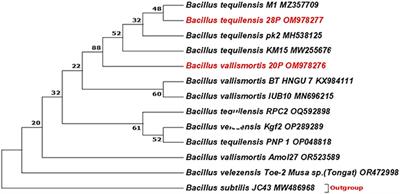
ORIGINAL RESEARCH
Published on 14 Mar 2024
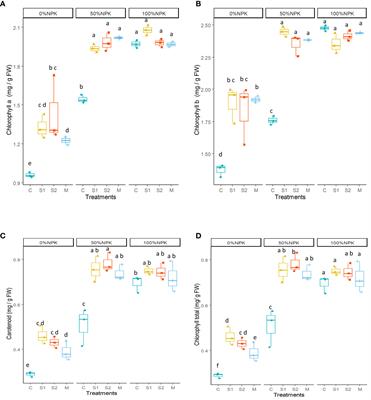
ORIGINAL RESEARCH
Published on 13 Mar 2024
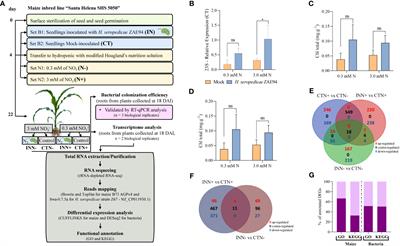
ORIGINAL RESEARCH
Published on 02 Feb 2024
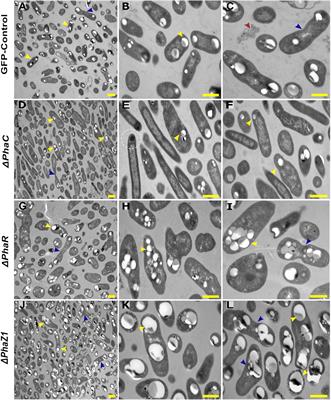
ORIGINAL RESEARCH
Published on 26 Jan 2024
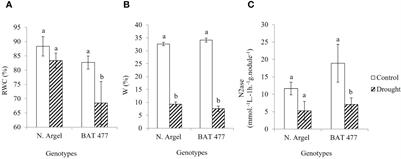
ORIGINAL RESEARCH
Published on 18 Jan 2024
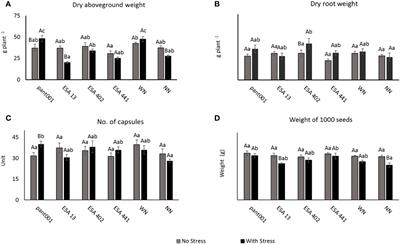
ORIGINAL RESEARCH
Published on 15 Jan 2024
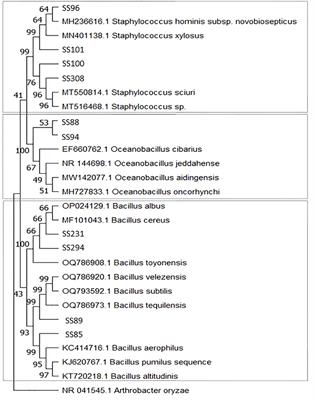
ORIGINAL RESEARCH
Published on 29 Nov 2023
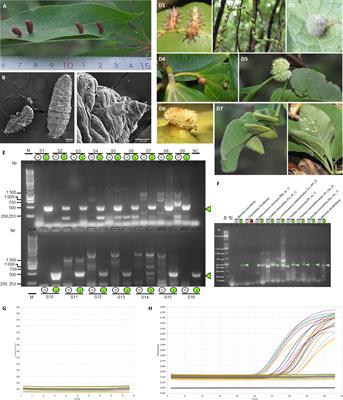
BRIEF RESEARCH REPORT
Published on 13 Oct 2023
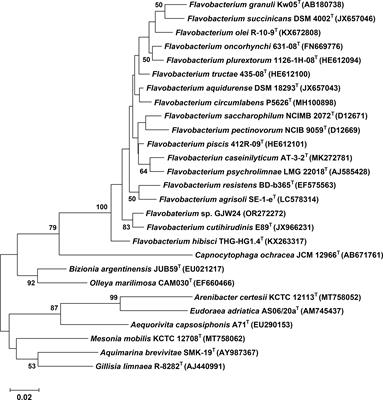
REVIEW
Published on 10 Jul 2023
